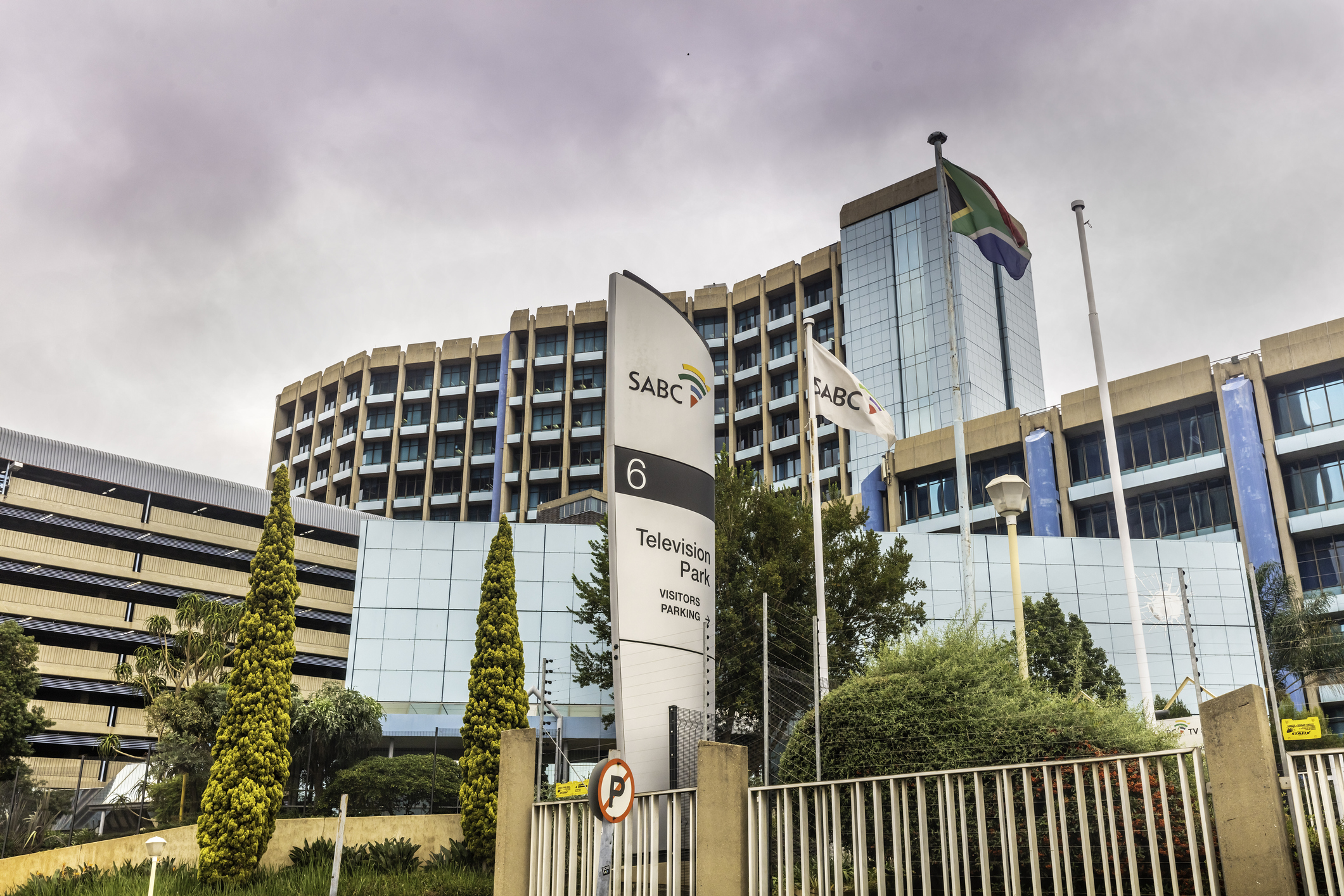Amid challenges, Radio y Televisión Argentina takes steps to improve diversity and representation.
At the end of August, Argentina celebrated 100 years since its first radio broadcast in 1920. Several media bodies observed the day, including Radio y Televisión Argentina (RTA).
Rosario Lufrano, the president of RTA outlined and celebrated the purpose of public media, especially radio, saying that, “Construction of citizenship, plurality of voices and circulation of the word” is how public media serves its audience.
Lufrano had particular praise for how the public media responded to the coronavirus pandemic. “We continue to educate,” she said. “Classes were hardly suspended due to the pandemic, in the case of the radio it served to circulate the word throughout the territory and other radio [stations] began to ask us for content.”
However, even though RTA has been fulfilling its educational duties to the public, not all of its values have been upheld in recent months due to a number of internal and external challenges.
Strikes, funding crises and appointments
In 2018, the government’s debt relieving strategies led to mass redundancies and a major outcry from media workers.
Then in January 2020, the Public Media Alliance reported that after several years of instability, Argentina seemed to be “making strides towards a more resilient public media system”. This apparent improvement was based on the actions of Rosario Lufrano. Lufrano openly criticised the previous administration indicating that the public media system had been co-opted by the state.
At the time, Lufrano announced that priorities included the creation of more public content that reflected the diversity and pluralism of the country, with particular emphasis on climate change and women’s rights. She also committed to fostering a closer relationship between Radio Nacional – the country’s public radio system – workers and the administration.
But since the laying of these plans, Lufrano has experienced major challenges with their implementation as well as to her position as head of RTA.
One of these challenges became public in August 2020 after Silvia Vela was appointed to the head of Radio Nacional. The station received major criticism from the councillors of Together for Change, a coalition responsible for nominating representatives to the primary elections. The councillors lamented the lack of plurality on regional station Gualeguaychú National Radio, saying that Lufrano was either feigning ignorance or was completely in the dark about what was happening in her jurisdiction.
“The public media belong to the State, that is, to everyone,” the group commented, “What is happening with our radio is serious and sad at the same time. They fill their mouths talking about expanding rights and curtail one of the most transcendental of democracy: freedom of expression.”
Diversity and collaboration
Since then, the RTA has taken steps to improve diversity and gender representation. A new Gender and Diversity Directorate of RTA was launched in September with the aim of prioritising female representation in the media as well as the equitable representation of LGBTQ+ people. The directorate is headed by Susana Sanz, an attorney who has served as the director of Technical Assistance for the National Council of Women, with Lufrano as the chair.
“We must promote equality among people and gradually progress towards greater participation in representative positions,” Sanz commented. “The law that is in the Senate of the Nation and of which we spoke before, establishes a quota of 1% for all diversities and that it is understood that they will have a diversity of treatment and opportunities so that these quotas are met.”
The law that Sanz refers to is a Gender Equity Law based on a project presented by Norma Durango, president of the Women’s Bank. Durango’s proposal seeks “not only the promotion and permanence (of women and dissidents) in their jobs, but also their presence in the politics of the media” as well as the participation of “all identities of gender in the boards and decision-making spaces.” The Argentinian Senate approved the bill in early October.
In terms of collaboration and the promotion of public media values, the RTA signed agreements with the Public Broadcasting System of the Mexican State and the National Institute of Radio and Television of the Republic of Peru to cross promote and co-produce “cultural, informative and educational content” for radio and television.
This move towards the collective maintenance and promotion of public media values outlines a positive trajectory of progression for Lufrano and her team. Argentinian public media has been through many changes, mostly directed by transitioning governments. It is also hoped that continental partnerships and the establishment of the Gender and Diversity Directorate will steady the course through some of the inevitable changes, preserving the values of public media and promoting equality and democracy.
Header Image: Panoramic aerial view of Downtown Buenos Aires, Argentina. Credit: diegograndi/iStock
Related Posts
11th August 2020
Focus on PSM | SABC facing significant challenges in its 84th year
As South Africa’s public broadcaster…



